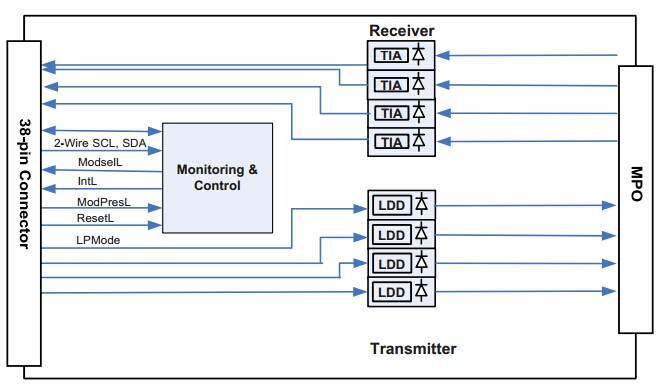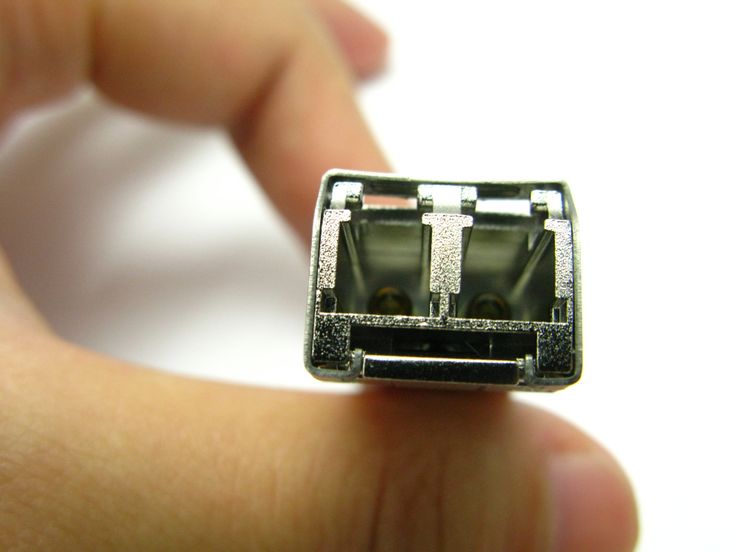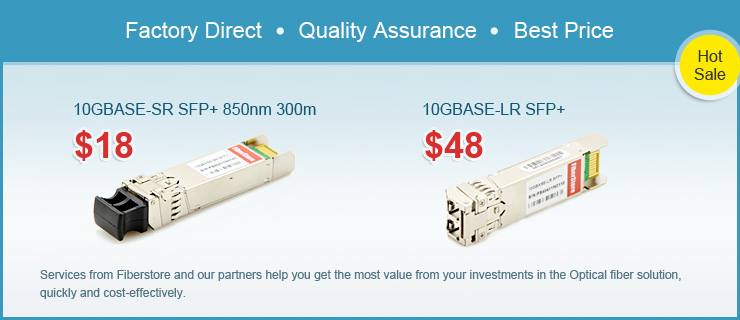As an important optical component being widely used in today’s optical network, optical transceiver has been developing rapidly. More and more vendors are providing various types of transceivers to meet the market calls. To select a matching transceiver for a given application and hardware is now an easy thing now. Many parameters should be considered. The following text is to provide the parameters should be considered during the selecting of the proper optical transceivers.
A transceiver is usually used to mechanically and electrically fit into a given switch and router. Transceiver MSAs define mechanical form factors including electric interface as well as power consumption and cable connector types. There are the following types of optical transceivers according to MSA: GBIC, XENPAK, X2, XFP, SNAP12, SFP, QSFP/QSFP+, CXP and CFP.
As different switch or router supports different protocol and data rate. Before selecting the transceiver needed, make sure the protocol and data rate to be supported. The following provides the most common protocol and data rate types:
- Gigabit Ethernet: 1 GE/10GE/40GE/100GE
- Fiber Channel: 1GFC (1.25Gbps) / 2GFC / 4GFC / 8GFC / 16GFC
- SDH STM-1 (155Mbps) / STM-4 (622Mbps) / STM-16 (2.5Gbps / STM-64 (10Gbps)
- Multirate (155Mbps to 2.67Gbps)
- CPRI up to 6Gbps (for Video Transmission)
The most commonly used transport media are cooper, single mode fiber (SMF), Multimode fiber (MMF). Maker sure the transport media, before choosing an optical transceiver.
The colored transceiver commonly known as CWDM transceivers and DWDM transceivers. In CWDM or DWDM system, each channel uses a different “color” transceiver because each lambd represents a different color in the spectrum.
In what switch or router is the transceiver supposed to work. Now the third party transceivers are being provided. If the equipment open for third party transceiver, then the third party transceiver could be an option. However, if not, the brand, model and firmware version must be known.
The functions of the optical transceivers are various, thus understand the IEEE descriptions of the optical transceivers can help to select the match one quickly. The following provided are the translation of IEEE descriptions:
- MM: multimode
- SM: single mode
- Base -T: “copper” SFP with electrical RJ45 interface
- SX: SFP 850nm, MM, grey, 1GE, approx. 500m
- LX: SFP 1310nm, SM, grey, 1GE, approx. 8km
- EX: SFP 1310nm, SM, grey, 1GE, approx. 40km
- ZX: SFP 1550nm, SM, grey, 1GE, approx. 70km
- CX4: “copper” XFP with electrical IB4x connector
- SR: SFP+ or XFP 850nm, MM, grey, 10GE, approx. 300m
- LR: SFP+ or XFP 1310nm, SM, grey, 10GE, approx. 10km
- ER: SFP+ or XFP 1550nm, SM, grey, 10GE, approx. 40km
- ZR: SFP+ or XFP 1550nm, SM, grey, 10GE, approx. 80km
- SR4: QSFP 850nm, MM, 40GE, approx. 100m
- SR10: CFP 850nm, MM, 100GE, approx. 100m
- LR4: CFP or QSFP 1310nm, SM, 40GE (CFP or QSFP) or 100GE, approx. 10km
 Taking the above parameters into consideration, to select a match optical transceiver would be much easier and more quickly. FS.COM, an professional optical components provider, offers a wide range of optical transceivers of high quality including SFP, SFP+, CWDM transceiver, DWDM transceivers, etc.
Taking the above parameters into consideration, to select a match optical transceiver would be much easier and more quickly. FS.COM, an professional optical components provider, offers a wide range of optical transceivers of high quality including SFP, SFP+, CWDM transceiver, DWDM transceivers, etc.

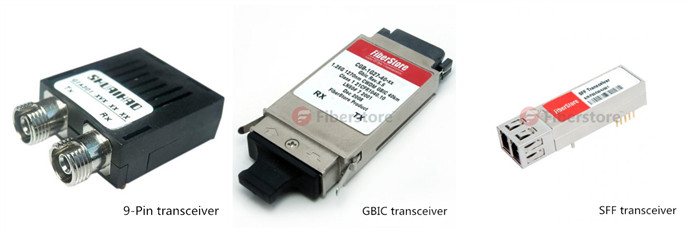
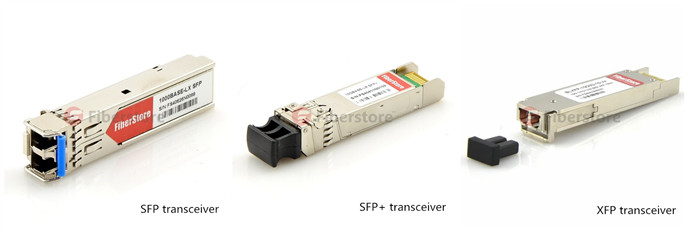
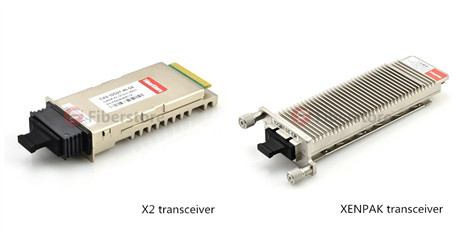 XENPAK transceiver is a pluggable transceiver for 10Gbps applications, specifically 10 Gigabit Ethernet. The electrical interface is called XAUI, which provides four 2.5Gbps signals to the transmitter, which multiplexes or serialize them into a single 10Gbps signal to drive the source. It uses a 70-pin electrical connector. The optical interface is usually a duplex SC.
XENPAK transceiver is a pluggable transceiver for 10Gbps applications, specifically 10 Gigabit Ethernet. The electrical interface is called XAUI, which provides four 2.5Gbps signals to the transmitter, which multiplexes or serialize them into a single 10Gbps signal to drive the source. It uses a 70-pin electrical connector. The optical interface is usually a duplex SC.

